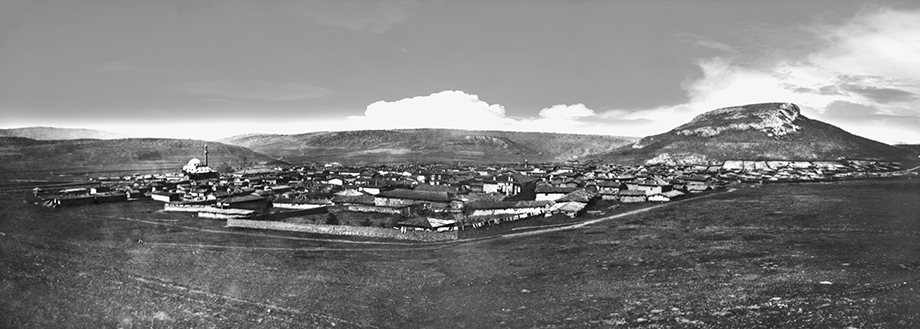"UNCHANGING INTERSECTION POINT OF HISTORY"
BOZÜYÜK
Bozüyük has become a frequent destination for all civilized people coming to the Sakarya Valley from Central Anatolia. Since the early ages the region has been under the domination of Hittites, Phrygians, Kimmers, Persians, Macedonians and Bithynians. It is known that the name of the region in the Roman and Byzantine period was LAMUNİA. The name Bozüyük is originated from the mound located in Soğukpınar district discovered during the construction of Istanbul-Ankara railways between 1895-1896 and dated to the Bronze Age.
Bozüyük, which has been an unchanged junction since ancient times, was a village of Sultanönü Sanjak and from the date of the 2nd edict of II. Gıyaseddin Mesud who accepted from Eskişehir to Yenişehir as a sanjak and gave it to Osman Bey, Bozüyük entered into the domination of Ottoman rule. During the Ottoman Era, Osman Gazi's dream has an important place. With this dream interpretation, the Ottomans gave more importance to the conquest and war policies and the transition from Beylik to state was accelerated. Kumral Abdal, a follower of the Sheikh Edebâli and died in Bozüyük Yediler Tomb, interpreted the dream and announced Ottomans’ future as a world empire. Although there are various narrations about this dream and different narratives in historical sources, it is conveyed in detail in the work of Ibn Kemal. It is narrated that Osman Gazi took the announcement of sultanate from Kumral Abdal in Öyük Dibi and in return Osman Gazi gave a village, a sword and a silver stoup of his ancestor as a gift to Kumral Abdal after this announcement. Bozüyük became the main transit route and accommodation point of the armies during the Ottoman period. After the great benefits of supply and subsistence, Bozüyük, which was the accommodation point of the army in the Rhodes Expedition of Suleiman the Magnificent, gained Kasımpaşa mosque and the külliye (1525-1528) dedicated to the victory of Rhodes Expedition by Governor of Anatolia Cezeri Kasım Pasha, and the villagers of the nearby villages gradually began to settle around the mosque and formed the present Bozüyük.
Bozüyük which did not lose its importance in the history of the modern Republic of Turkey, during the National Struggle gained an important victory in terms of national struggle history of the Turkish army, with the Battles of İnönü which were the 1st first victory of the regular army formed by the Grand National Assembly of Turkey, and as in the statement of Atatürk “this is the lands where a nation’s ill fortune is defeated”. The Turkish withdrawal which started in the Vienna gates, ended with the Battles of İnönü.
Bozüyük, which held a real city image after the Republic, was a town center in 1890, and became a district center in 1926. The foundations of an industrial city were laid with the Bozüyük Sawmill, which was one of the biggest industrial investments of the early Republican history. There was a 985% population increase between 1914-2000 in Bozüyük which let immigrants from all over Turkey with commercial investments such as chemistry, ceramics, casting, food, cable and glass industry.








